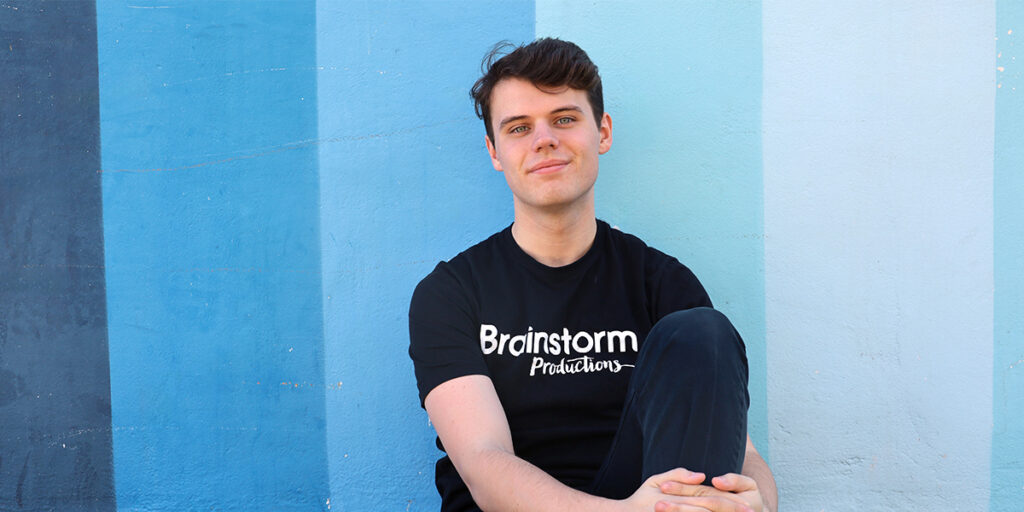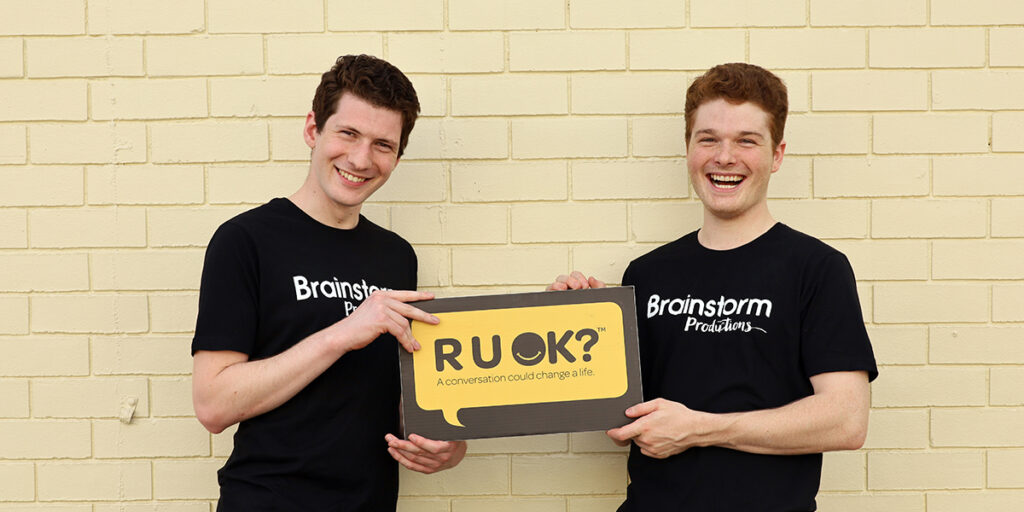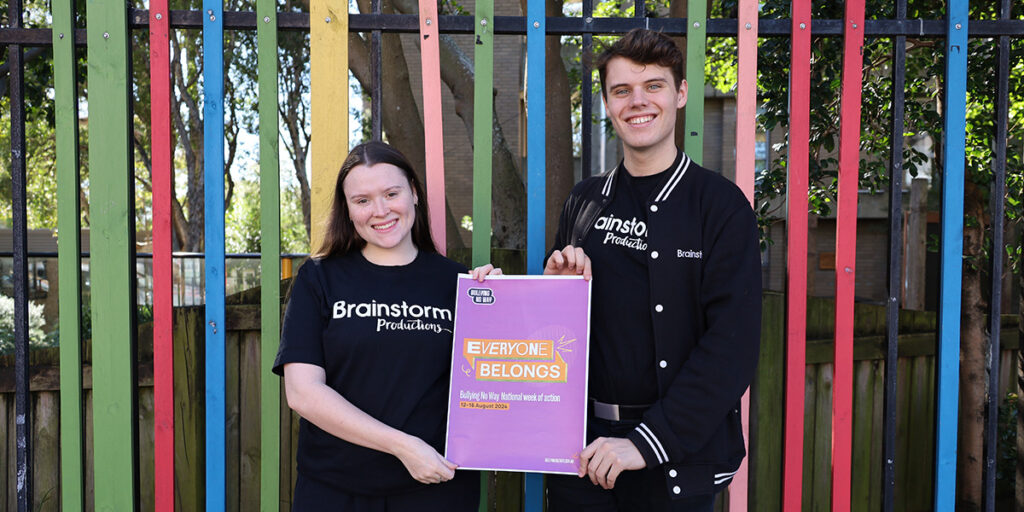Mental health is a growing concern for Australian young people. A report by Mission Australia and the Black Dog Institute found that 1 in 4 young people were experiencing mental health challenges in 2020, compared to 1 in 5 in 2012.
A survey by headspace revealed even more concerning statistics, with 1 in 3 young people reporting high or very high levels of psychological distress. The high levels of distress amongst young people are compounded by the fact that many are not seeking help for their mental health. This is often due to a lack of understanding of mental health issues and how to access support.
Why is it important to provide mental health education in schools?
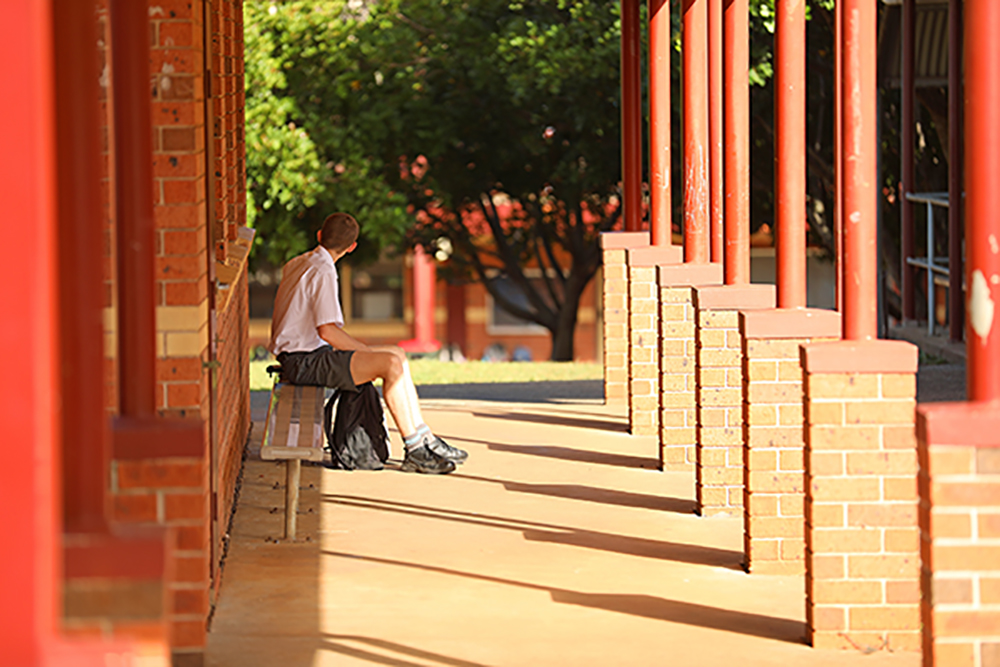
We know that half of all mental disorders emerge before the age of 14, and three quarters before the age of 25. Prevention and early intervention is essential if we want to reduce the high levels of mental ill-health in our communities. One of the most effective methods is to deliver universal mental health education programs in schools.
Research shows that students are eager for schools to provide better mental health education and support. Researchers at Monash University asked a group of high school students about their perspectives on mental health education. According to this survey, students are worried about a lack of mental health education, difficulties accessing support due to stigma, and uncertainty about how to seek help for their friends. They believe schools are a safe and easily accessible place to learn about mental health, and see mental health education as an effective way to break down stigma and normalise mental health issues.
According to this research, students want schools to be more proactive and offer mental health education as part of the regular curriculum, rather than in reaction to a crisis.
How can schools provide effective mental health education for their students?
We all want to contribute to more mentally healthy learning communities. Here are seven ways to enhance mental health education at your school and help your students thrive.

1. Take a whole-school approach to mental health education
Mental health programs are more effective when everyone is involved, including students, parents, teachers, school leaders and even the wider community. A whole-school approach provides continuity and consistency across contexts and stages, and helps to reinforce key messages. It allows mental health content to be taught alongside other learning areas, reducing time pressure for teaching staff. A whole-school approach can also strengthen values and relationships within the school community, creating a system that is more supportive for students at risk.
2. Nurture social and emotional skills
Social and emotional learning is an important aspect of mental health education. Social and emotional learning programs target protective factors, to build resilience and prevent mental health disorders later in life. They help students to identify and express their feelings, so they can better regulate their emotions and articulate their needs. Social and emotional learning programs also teach students how to build positive relationships, to support their mental health and buffer against future stress and adversity.
3. Improve mental health literacy
Mental health literacy is a foundational component of most mental health education programs. It involves understanding how to obtain and maintain positive mental health, the signs and symptoms of common mental health conditions, effective treatments and coping strategies, and how to seek help. Students learn about the importance of healthy habits, like regular exercise, sleep hygiene, a balanced diet, avoiding alcohol and other drugs, and positive social interactions. Mental health literacy programs are gathering momentum in Australian schools, with emerging evidence for their effectiveness around the world.
4. Break down stigma
Stigma is one of the biggest reasons young people don’t seek help for their mental health. Many young people feel embarrassed and confused by their experience, or believe that emotional vulnerability is a sign of weakness.
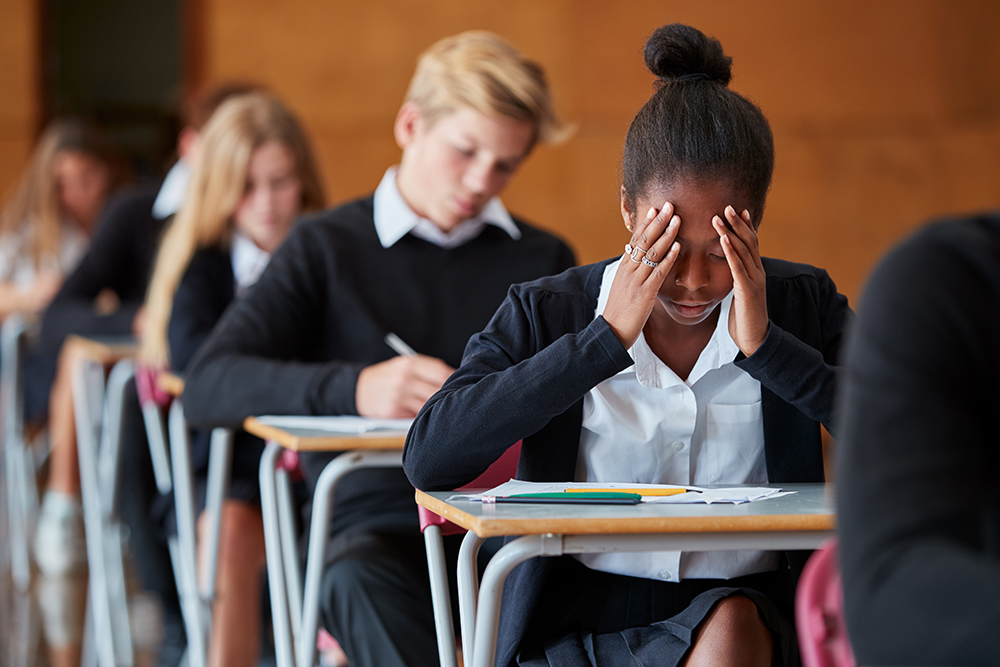
Mental health programs can reduce stigma by busting myths, challenging stereotypes and providing accurate information about mental health and help-seeking.
Schools can contribute to a supportive, non-judgmental culture by encouraging regular, meaningful conversations about mental health. They can participate in events such as Mental Health Month, World Mental Health Day and R U OK?Day, hold fundraisers and community events, actively promote support services to students and families, and expose students to real-life stories of hope and resilience.
These activities will send a clear message to students that their mental health is a priority and there is no shame in asking for help.
5. Support students to support their peers
We know that young people are more likely to talk to their friends when they’re struggling, before reaching out to parents, teachers or mental health professionals. It is therefore vital for students to have the skills and confidence to manage sensitive conversations and safely support their peers. Organisations like R U OK? offer free resources for educators, which can be used as part of a whole-school approach to mental health education.

6. Address barriers to help-seeking
Many young people don’t seek help for their mental health. Students might avoid seeking help due to stigma, embarrassment or difficulties distinguishing anxiety and depression symptoms from ‘normal’ levels of stress. Young people often report a preference for self-reliance. They may be distrusting of mental health professionals or think that nobody can help them.
It is important to have regular conversations about the mental health support options at your school, in your community and online. Students need to understand how these services work, including the availability and confidentiality of each service, and the steps required to access them. If your school employs a counsellor or psychologist, for example, all students should understand how to access this service and what will happen if they do.
7. Engage external providers
Teachers are already overloaded and often don’t have capacity to deliver comprehensive mental health education in the classroom. This is where external providers can offer a valuable service to schools, delivering mental health education in the form of workshops, presentations or live performances.
Brainstorm Productions provide live theatre in education programs that promote emotional health and wellbeing in Australian schools. The performances are designed to complement the wellbeing strategies already in place, using a creative and engaging delivery method. Each performance is supported by a follow-up discussion and a suite of classroom resources linked to the curriculum and other student wellbeing frameworks.

Our new mental health program for Years 7-11 is called Wired. This performance aims to improve mental health literacy, reduce stigma, encourage help-seeking and spark discussions about mental health, bullying and resilience.
You can learn more about our student wellbeing programs for high school students here. And for more information about mental health programs and student wellbeing, check out our Student Wellbeing Guide.


